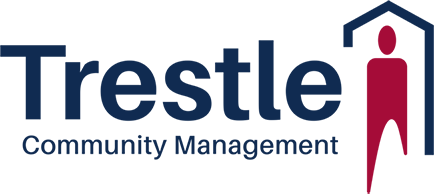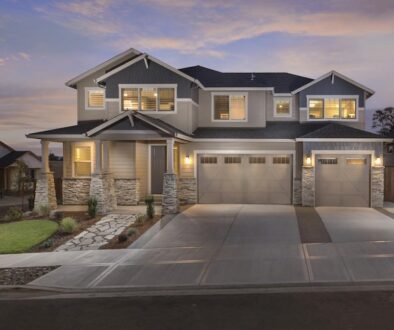They Pay Less Than Us: Association Assessment Variations
Homeowner (HOA) and Condominium (COA) Associations play a crucial role in maintaining the overall quality, appearance, and value of residential communities. A primary responsibility of these Associations is to collect assessments, which are fees paid by Homeowners to cover the costs of maintaining and improving common areas, amenities, and services. Assessment variations among Associations can be attributed to several factors, such as community size, location, and amenities offered. Understanding these variations is essential for both Homeowners and Associations in budgeting, planning, and evaluating the value of their investment.
Community Size and Composition

The size and composition of a community can significantly impact the assessments collected by Associations. Larger communities with more homes may have lower assessments per Homeowner due to economies of scale, while smaller communities may have higher assessments as the costs are divided among fewer Homeowners. Additionally, communities with a mix of single-family homes, townhomes, and Condominiums may have varying assessment rates based on the property type and the extent of shared areas and facilities.
Location and Local Regulations
The location of a community can influence assessment variations due to factors such as regional cost of living, labor costs, and property taxes. Communities in areas with a higher cost of living may have higher assessments to cover the increased costs of maintenance, utilities, and insurance. Additionally, local regulations and codes may dictate specific maintenance or improvement requirements, further impacting the assessments collected by Associations.
Amenities and Services Offered
The range and quality of amenities and services provided by an Association can significantly affect the assessments. Communities offering a wide array of amenities, such as swimming pools, fitness centers, and recreational facilities, may have higher assessments to cover the maintenance, staffing, and insurance costs associated with these amenities. Similarly, communities that offer services such as landscaping, snow removal, and trash collection may require higher assessments to cover these costs. The more extensive and luxurious the amenities and services, the higher the assessments are likely to be.
Age and Condition of Common Areas and Facilities
Older communities or those with aging infrastructure may require higher assessments to cover the costs of repairs, replacements, and upgrades to common areas and facilities. Newer communities or those with recently updated infrastructure may have lower assessments, as the need for significant repairs and improvements may be less frequent. It is essential for Associations to plan for the long-term maintenance and replacement of common areas and facilities, which may include establishing a reserve fund to cover future expenses.
Reserve Fund Contributions
Associations may have varying policies regarding reserve fund contributions, which can impact assessment rates. A reserve fund is a separate account designated for covering significant repairs, replacements, and improvements to common areas and facilities. Associations with a well-funded reserve fund may have lower regular assessments, while those working to better fund their reserves may need to increase assessments or levy special assessments to cover large expenses. Proper reserve fund planning and management can help stabilize assessment rates and minimize financial surprises for Homeowners.
Assessment variations among Associations are driven by numerous factors, including community size and composition, location, amenities and services offered, the age and condition of common areas and facilities, and reserve fund contributions. Understanding these variations is vital for Homeowners and Associations alike in budgeting, planning, and evaluating the overall value of their residential community. By effectively managing assessments and adapting to the unique needs and characteristics of each community, Associations can help ensure the long-term financial stability, attractiveness, and value of their residential communities.
Connecting with Trestle
Trestle regularly connects on LinkedIn and Facebook, and can be contacted through its website or at (425) 454-6404.



